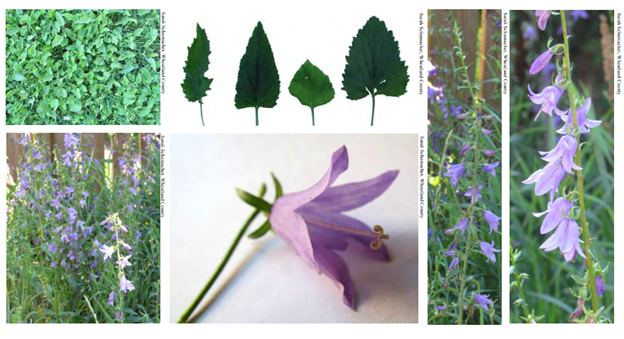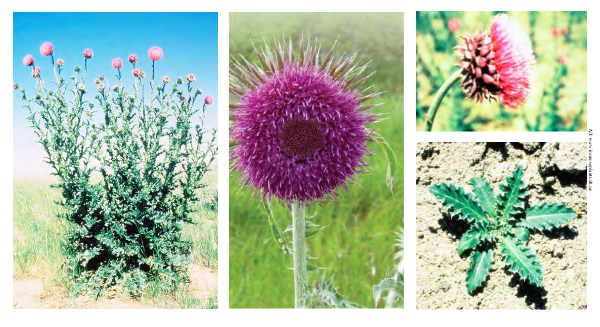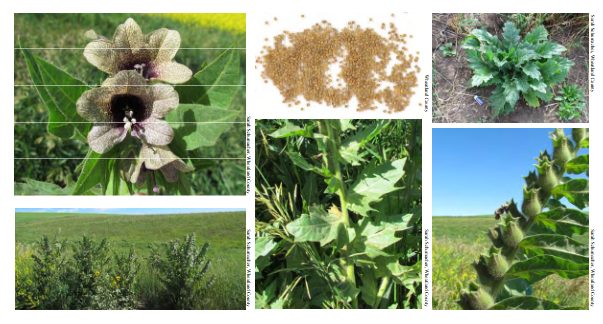Summer has arrived in full bloom, bringing colour and life back to our community. The flowers that our landscapers have planted are finally thriving, brightening our parks and streets. But, along with our beautiful annuals, some of you may have noticed some plants that are less welcome taking root in our shared spaces.
If you are unsure about a plant in your yard or in our community, I encourage you to check out the Alberta Invasive Plant Identification Guide. This guide outlines prohibited noxious weeds in Alberta.
Below are a few of the more common ones that you may notice:
Creeping Bellflower: Campanula Rapunculoides
Despite its beauty, the Creeping Bellflower is a master of survival and spread. It competes aggressively with native plants for resources, spreading both by seeds and through an extensive root system that makes it difficult to eradicate once established. This resilience, while admirable, poses a threat to our local biodiversity.

Nodding Thistle: Carduus nutans, Asteraceae (Sunflower Family)
Nodding Thistle is considered invasive due to its ability to outcompete native plants, reduce forage for livestock and wildlife, and impact soil and water resources. It is a prolific seed producer, with each plant capable of generating thousands of seeds that can remain viable for years, contributing to its rapid spread.

Black Henbane: Hyoscyamus niger, Solanaceae (Nightshade Family)
Black Henbane is considered invasive in Alberta because it’s a toxic plant that can harm humans and animals, and it’s spreading due to favourable conditions like dry weather. It’s classified as a noxious weed under the Alberta Weed Control Act, meaning its spread is actively discouraged.

Friendly Reminder: While it’s important to manage invasive species like the Creeping Bellflower, it’s equally crucial to approach this task with care for our environment and each other. Chemical treatments are rarely recommended due to their potential harm to other plants and wildlife. Instead, persistent manual management is the most effective and environmentally friendly method.
If you would like further information on noxious weeds in our city you can take a look at the Alberta invasive species council, the City of Calgary website as well as the Alberta Invasive Plant Identification Guide. If you notice an invasive plant species, please report to 3-1-1.
Click here to the Edgemont Community News home page for the latest Edgemont community updates.










